Culhane, F, Austen, MC, Ashley, M, Javier, J, Kuit, SH, Hung, NP, Tran, HD, Praptiwi, RA, Sainal, S, Justine, E, Wulandari, P, Broszeit, S, Jontila, JB, Johari, S, Creencia, Lota, Then, AY, Gajardo, LJ, Maharja, C, Goh, HC, Syazwan, WM, Affendi, YA, Thảo, LN, Sugardjito, J, Mullier, T and Langmead, O 2024 Assessing impact risk to tropical marine ecosystems from human activities with a Southeast Asian example. Journal of Applied Ecology, 61 (12). 2897-2911. 10.1111/1365-2664.14812
Preview |
Text
Journal of Applied Ecology - 2024 - Culhane - Assessing impact risk to tropical marine ecosystems from human activities.pdf - Published Version Available under License Creative Commons Attribution. Download (11MB) | Preview |
Abstract/Summary
1. Society relies on intact marine ecosystems for ecosystem services such as nutrition, livelihoods, health and well-being. Yet, to obtain these benefits, we carryout activities, introducing pressures to ecosystems, damaging and degrading habitats and reducing their capacity to optimally provide ecosystem services. Biodiversity and ecosystem services are consequently being lost globally but impact chains from these activities are poorly understood, especially in tropical marine ecosystems.2. We identified for the first time impact chains linking activities with pressures they introduce in five tropical coastal and marine habitats, specifically through application in four Southeast Asian case study sites. Using expert elicitation based on existing evidence, we weighted each impact chain according to pressure extent, frequency and persistence, and habitat resistance and resilience. Assigning each impact chain an impact risk score allowed identification of activities and pressures introducing most risk, and habitats most under threat.3. Of 26 activities we considered, we found fishing activities, specifically trawling, gill nets and seine nets introduce most risk, along with tourism and recreation. Litter and pollution were among the greatest pressures on habitats, with coral reefs being most vulnerable overall. Destructive fishing practices were associated with physical pressures like abrasion, smothering and siltation and total habitat loss, while tourism activities were associated with organic enrichment, litter and pollution. The risk levels depended on the habitat and on local case study context.
| Item Type: | Publication - Article |
|---|---|
| Additional Keywords: | coral reefs, ecosystem-based management, mangroves, marine litter, marine-protected areas,overfishing, seagrass, sustainable resource use |
| Divisions: | Plymouth Marine Laboratory > Science Areas > Sea and Society |
| Depositing User: | S Hawkins |
| Date made live: | 27 Jan 2025 15:41 |
| Last Modified: | 27 Jan 2025 15:41 |
| URI: | https://plymsea.ac.uk/id/eprint/10364 |
Actions (login required)
 |
View Item |


 Lists
Lists Lists
Lists